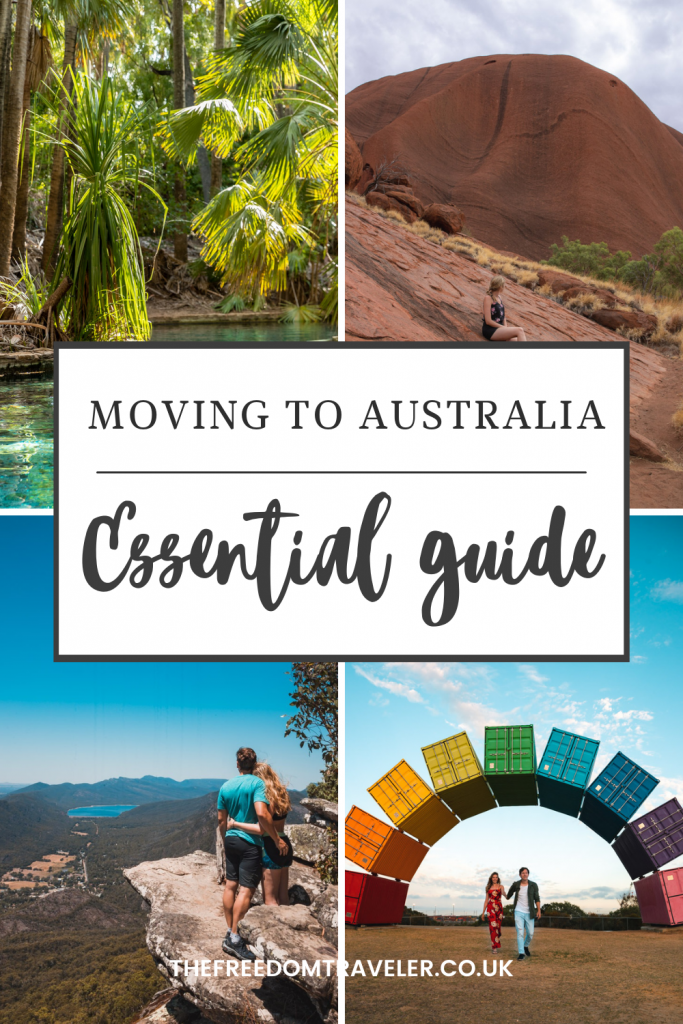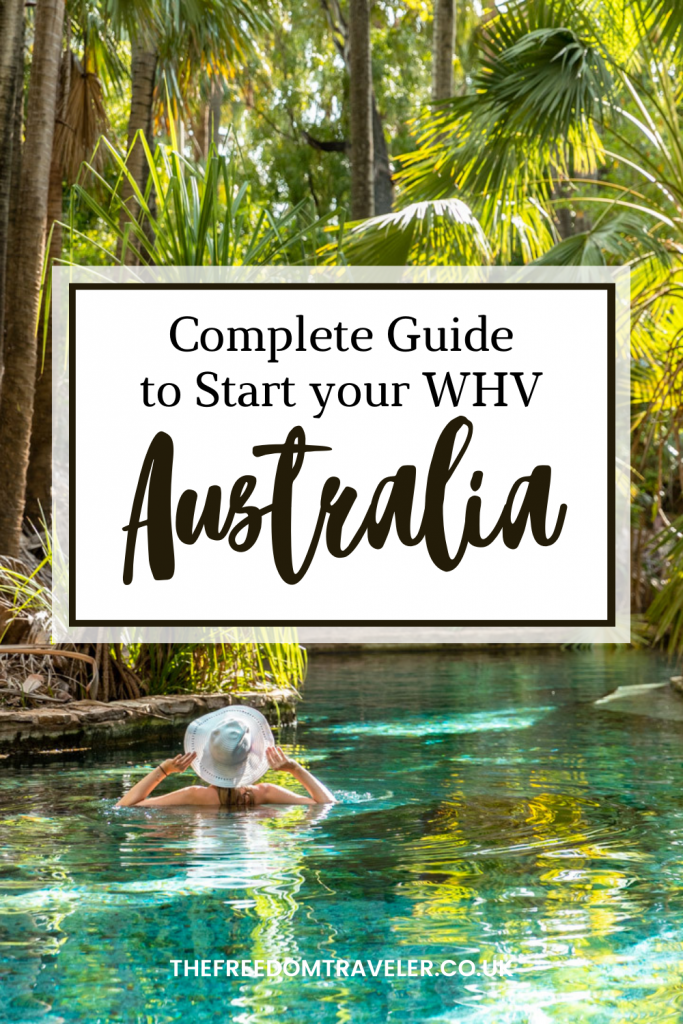Are you planning to move to Australia and start a new adventure? This comprehensive guide will walk you through all the essential steps for newcomers, including finding accommodation, getting an Australian phone number, opening a bank account, and securing a job. Moving to Australia can be both exciting and challenging, but with the right preparation, you can ensure a smooth transition and make the most of your time in this beautiful country.

Where to Stay Upon Arrival When Moving to Australia
Choosing a neighborhood without visiting it first can be challenging. I recommend booking a room with Airbnb or staying in a youth hostel for about a week. This will give you time to explore your new city and find accommodation in an area where you feel comfortable.
I personally decided to move to South Yarra and highly recommend this area of the city
Check-out this link for Places to stay in Melbourne.
Essential Steps To Complete After Moving to Australia
1. Get an Australian Phone Number
Head to an operator’s store to get a SIM card. You can choose a prepaid plan without commitment or a 12-month plan if you’re sure you’ll stay that long. Cancelling a committed plan can incur costly penalties. In Australia, there are three main operators:
Telstra: Slightly more expensive but offers wider network coverage, ideal if you plan to travel.
Optus: Cheaper, a good option if you stay in major cities for several months.
Vodafone: Partially uses the Optus network, though Optus doesn’t provide Vodafone with full coverage.
Phone plans range from AU$20 to AU$40 per month, depending on the plan you choose.
2. Open a Bank Account
You’ll need a bank account to receive your salary and manage daily expenses. Simply visit a bank with your passport, Australian phone number, and an address to receive your card (they can hold it at the branch if you don’t have a fixed address yet). I highly recommend Commonwealth Bank for their efficient and straightforward service.
3. Apply for a TFN
The Tax File Number (TFN) is a 9-digit identification number you need to work. This number registers you with the Australian Taxation Office (ATO). You must provide it to your employer when you start working. This number is assigned for life, so you can use it if you return to Australia with another visa. To apply, visit the ATO website.
Finding Accommodation in Australia
You have several options: couchsurfing, HelpX, WWOOFing, youth hostels, shared housing, and rentals. Determine what suits you best initially. Shared housing is the most common in Australia. In cities, expect to pay between AU$250 to AU$400 per week (2018), usually paid weekly. Personally, I had a one-bedroom apartment with my boyfriend in South Yarra, Melbourne, for AU$340 per week, which is AU$170 each. With patience, you can find real gems. Here are some sites to help with your search:
Gumtree
Facebook groups
Flatmates
Also, note that agency fees in Australia are borne by the property owners, so don’t hesitate to use their services!
Finding a Job after Moving Australia
Indeed, the “work” part in Working Holiday Visa (WHV) is essential. Contrary to popular belief, we don’t just spend a year enjoying Australian beaches.
First step: prepare your resume. Keep it simple and clean, and don’t hesitate to include relevant experiences for the job you’re applying for. Most job listings can be found on Gumtree, and some Facebook groups also post job ads. Another approach is to walk around your neighborhood and hand in your resume in person. This is appreciated but only effective if the establishment is looking for staff. Some shops post job ads directly on their storefronts when hiring, so prioritize these.
Never lose hope, stay confident, and, most importantly, be bold! In some cities, cash-in-hand jobs are common. However, I don’t recommend this, as WHV holders only pay 15% in taxes. If you’re paid under the table, you won’t contribute to retirement savings, which you can claim when leaving the country. For information on the average salary for different jobs, visit Fair Work.
Moving to Australia is an exciting journey filled with opportunities and new experiences. By following this essential steps, you’ll be well-prepared to handle the initial challenges and make the most of your time in this amazing country. Whether it’s finding the perfect accommodation, securing a job, or simply enjoying the vibrant culture, Australia has something for everyone. Have you recently moved to Australia? Share your experiences and tips with me on social media—I’d love to hear about your adventures and see if it has changed since I was living there!














